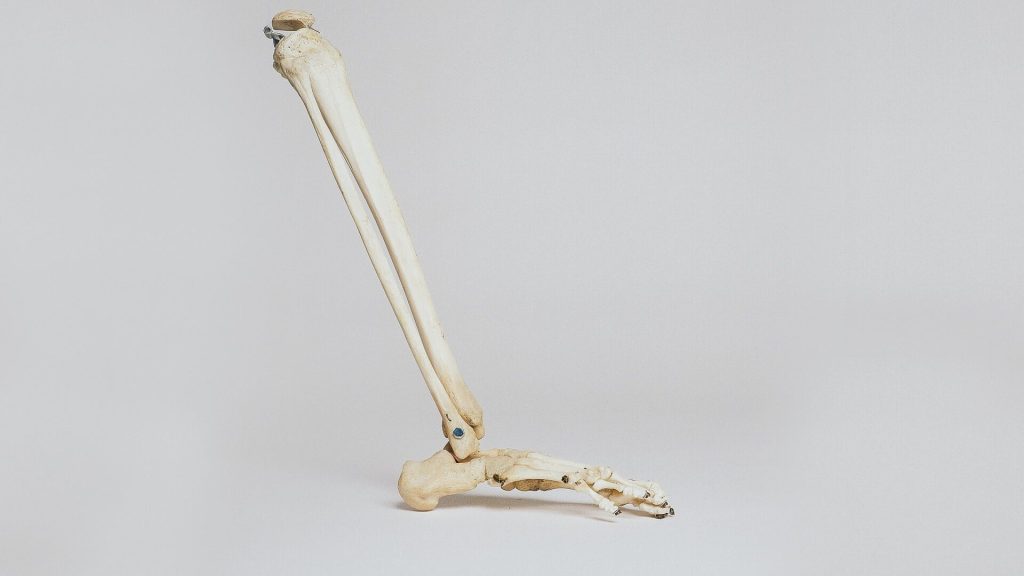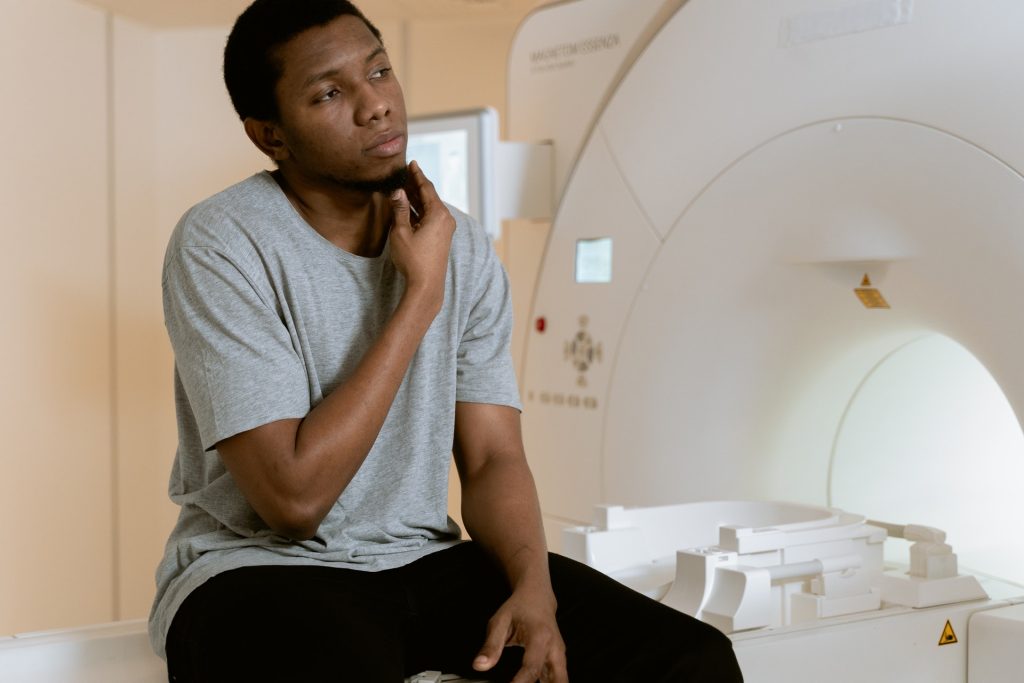A Trend of Amalgamations is Underway for Medical Schemes

A trend of amalgamations is underway in the South African private healthcare industry, in the face of growing challenges and the impending introduction of National Health Insurance (NHI).
Escalating healthcare inflation and costs, a declining and ageing membership, the impact of the COVID pandemic and a growing burden of disease are all impacting the not-for-profit Medical Scheme industry, which is highly regulated.
Medical scheme consolidation is one of the prominent trends, particularly given the prospect of NHI on the horizon, where smaller schemes will not compete, said Lee Callakoppen, principal officer of Bonitas Medical Fund.
The Council for Medical Schemes (CMS) advises that schemes that cannot compete sustainably on price should consider amalgamation partners, Callakoppen said.
“The trend towards amalgamations is not only for the sustainability of the medical scheme but for the benefit of members who ‘own’ the fund’.
“It is not only the call from CMS for schemes to join forces but also strict regulations around minimum solvency ratios and reserves which are more difficult for smaller schemes to maintain.”
It is a requirement of the Medical Schemes Act that medical schemes shall at all times maintain their business in a financially sound condition. They need to have sufficient assets for conducting business, providing for liabilities and having the prescribed solvency requirements of 25%, said Callakoppen.
“It’s a big ask for small schemes in this volatile and uncertain healthcare market,” he said.
A trend of amalgamation for small schemesThe CMS provides regulatory supervision of more than 80 medical schemes registered in the country and oversees amalgamation prospects.
One proviso for amalgamation is that schemes should complement each other and provide a more comprehensive offering to members.
“One clear indicator of risk is the size of the pool of lives being covered,” said Callakoppen. “Schemes with smaller risk pools are struggling to survive and experience more volatile claims”.
“Amalgamation into a bigger scheme means cross-subsidisation of costs. It is a trend I believe will continue, if not accelerate. In fact, in the past decade, we have seen 28 amalgamations approved by the CMS and the Competition Commission.”
The NHI has been criticised for potentially stifling innovation in healthcare, as well as not actually being able to fix the country’s flawed and unequal healthcare system.
Source: BusinessTech






